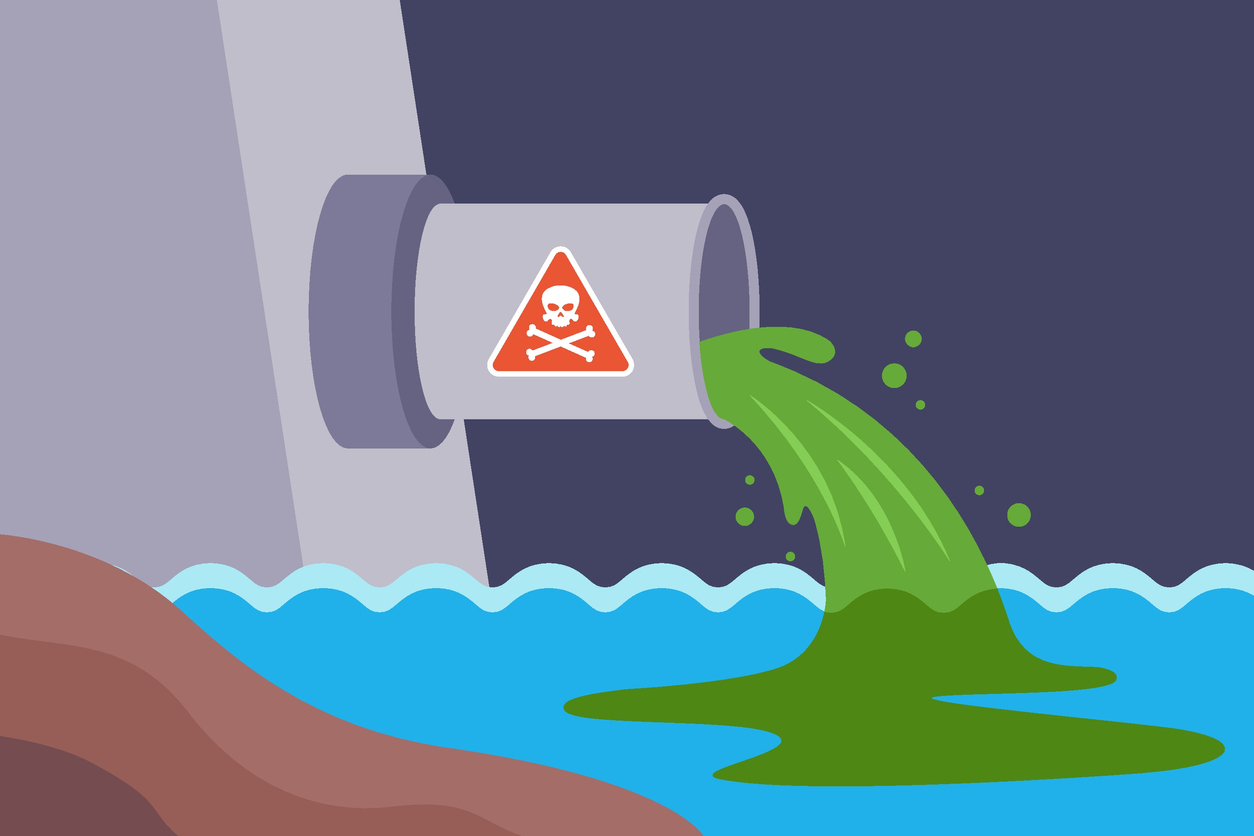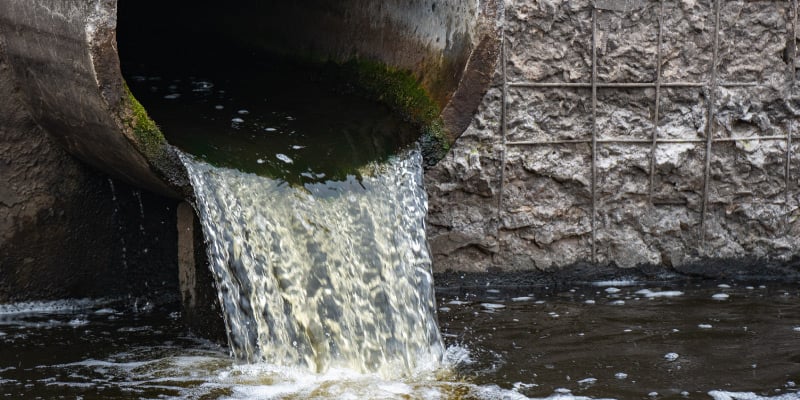Just How Fluid Garbage Disposal Functions: A Comprehensive Introduction of Methods and Technologies Employed

Overview of Fluid Waste Types
The intricacy of fluid waste kinds requires an extensive understanding of their attributes and implications for disposal. Fluid waste can generally be classified right into numerous kinds, including commercial, community, farming, and harmful waste. Each category exhibits distinctive properties, needing certain monitoring techniques to minimize environmental and health and wellness dangers.
Industrial liquid waste stems from producing processes and frequently consists of a variety of contaminants, such as heavy metals, solvents, and natural compounds. Local liquid waste, mostly comprising wastewater from homes and commercial establishments, has raw material, nutrients, and pathogens (industrial wastewater treatment). Agricultural fluid waste, including overflow from farms, may consist of fertilizers, chemicals, and pet waste, positioning dangers to water high quality and environments
Hazardous fluid waste is characterized by its toxicity, reactivity, or prospective to trigger harm. Recognizing these varied fluid waste types is important for creating effective disposal approaches and ensuring conformity with environmental policies.
Physical Therapy Techniques

Testing is the preliminary action, where larger bits and debris are removed from the fluid waste using screens or grates. In sedimentation storage tanks, larger particles clear up at the bottom, developing a sludge layer, while the cleared up liquid can be more dealt with.
Purification is another necessary approach that involves passing the fluid with permeable products, such as sand or membrane layers, to record smaller sized fragments. This action improves the top quality of the liquid, making it appropriate for succeeding therapy processes.

Chemical Treatment Strategies
Chemical therapy methods are important for successfully taking care of fluid waste, particularly in dealing with liquified and colloidal contaminants that physical techniques might not adequately remove. These methods use numerous chemical agents to reduce the effects of, precipitate, or change dangerous substances into less harmful kinds.
One common approach is coagulation and flocculation, where chemicals such as alum or ferric chloride are included to promote the aggregation of suspended fragments. This Visit This Link process enhances sedimentation, permitting simpler elimination of the resulting sludge. Furthermore, oxidation processes, employing representatives like chlorine or ozone, are utilized to break down intricate organic compounds and microorganisms, rendering the waste more secure for discharge or more treatment.
Neutralization is an additional vital method, which adjusts the pH of acidic or alkaline waste streams to neutral levels, preventing prospective damage to downstream systems and the environment. In addition, progressed oxidation procedures (AOPs) make use of combinations of oxidants and ultraviolet light to weaken relentless toxins, achieving a higher level of treatment effectiveness.
Organic Therapy Processes
Biological therapy processes play an essential function in the administration of fluid waste by making use of bacteria to disintegrate raw material and lower impurity degrees. These processes can be generally categorized into anaerobic and cardio therapies, each employing certain microbial communities to attain effective waste deterioration.
Cardio therapy includes the use of oxygen to promote the breakdown of organic materials by bacteria. This procedure is frequently implemented in activated sludge systems, where oygenation containers supply a helpful atmosphere for microbial growth, causing the oxidation of natural pollutants. The resultant biomass can be divided from treated effluent through sedimentation.
In comparison, anaerobic treatment occurs in the lack of oxygen, depending on different microorganisms to break down natural matter. This method is specifically helpful for high-strength waste, as it generates biogas, a renewable resource source, while lowering sludge production. Technologies such as anaerobic digesters are regularly utilized in municipal and commercial applications.
Both anaerobic and aerobic organic treatments not just lessen the environmental effect of liquid waste however additionally assist in resource recuperation, great site making them necessary components of lasting waste monitoring techniques. Their performance, effectiveness, and adaptability sustain their widespread execution across different fields.
Emerging Technologies in Disposal
Cutting-edge approaches to fluid garbage disposal are rapidly progressing, driven by advancements in innovation and a raising emphasis on sustainability. Among these arising technologies, membrane bioreactors (MBRs) have actually acquired grip for their ability to integrate organic treatment with membrane layer purification, resulting in high-grade effluent that can be reused in numerous applications. MBRs enable smaller sized footprints and much more reliable procedures compared to standard systems.
One more encouraging development is the usage of anaerobic digestion integrated with nutrient recuperation technologies, which not just Recommended Reading deals with fluid waste yet additionally produces biogas and recuperates useful nutrients like nitrogen and phosphorus. This double advantage improves resource efficiency and reduces ecological influence.
In addition, progressed oxidation processes (AOPs) are being adopted for the degradation of complex natural contaminants. These techniques utilize effective oxidants and stimulants to break down contaminants at the molecular level, supplying a very efficient service for challenging waste streams.
Moreover, the assimilation of expert system and artificial intelligence in waste management systems is optimizing functional effectiveness and predictive upkeep, resulting in decreased costs and boosted ecological compliance. These modern technologies mirror a considerable change towards more reliable and lasting liquid garbage disposal methods.
Final Thought
To conclude, effective fluid garbage disposal requires a detailed understanding of different methods and innovations. The integration of physical, chemical, and biological therapy techniques makes sure the effective management of diverse waste kinds. Additionally, the appearance of ingenious technologies boosts treatment efficacy and advertises sustainability in waste management methods. By continuously progressing these methods, it becomes feasible to address the growing challenges connected with fluid waste, ultimately adding to environmental management and resource healing.
Liquid waste disposal is an essential facet of ecological management, requiring an extensive understanding of various techniques and innovations tailored to different waste types. Liquid waste can broadly be categorized into several types, consisting of commercial, metropolitan, farming, and hazardous waste. Agricultural fluid waste, consisting of drainage from ranches, might include fertilizers, pesticides, and pet waste, posing threats to water top quality and ecosystems.
Numerous physical therapy techniques play an important function in handling liquid waste effectively - industrial wastewater treatment.In verdict, reliable liquid waste disposal necessitates a comprehensive understanding of various strategies and innovations